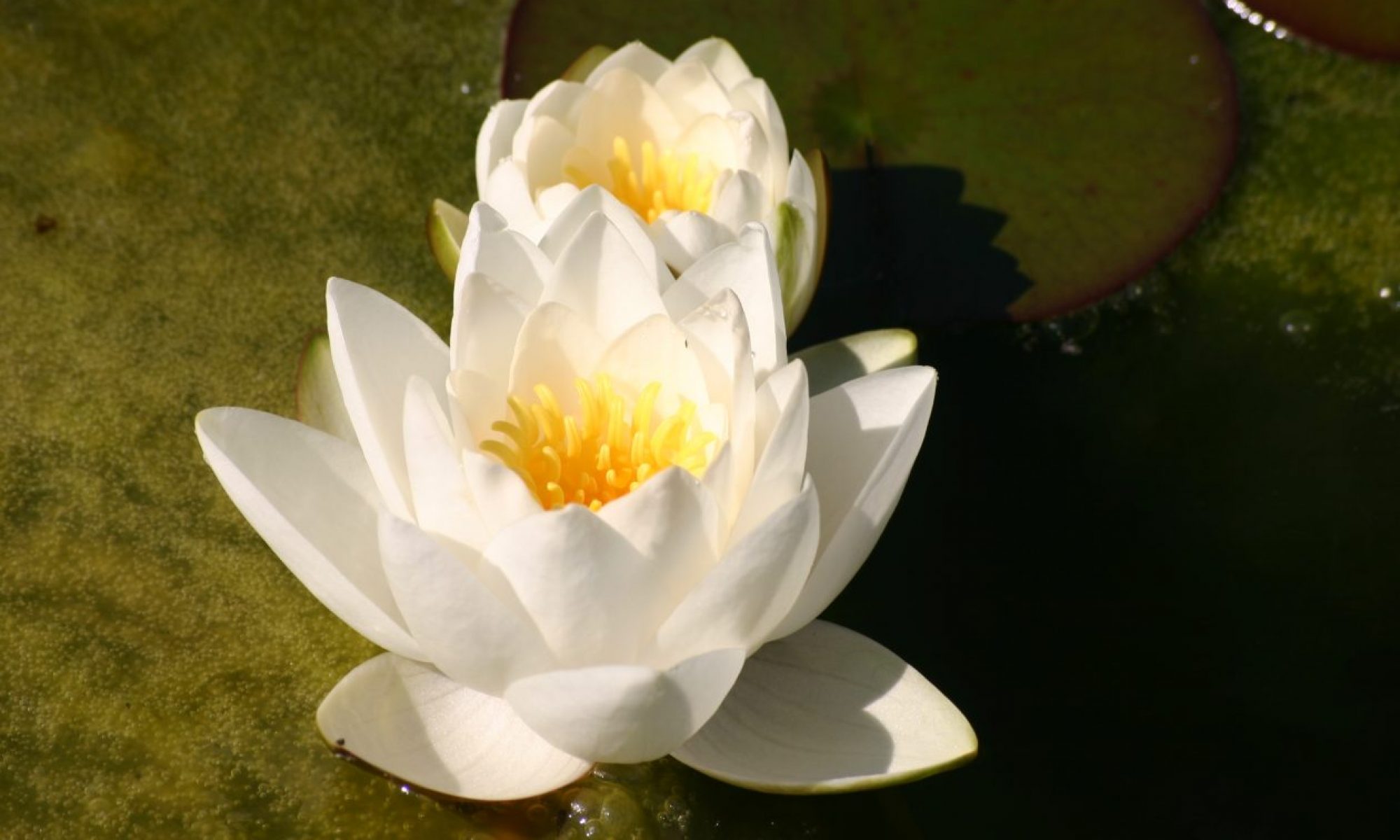Drama
This week we looked at more drama conventions that can be used in the classroom. Role on the wall, thought tracking, vox-pop, mime and voice in head. These were all used for activities based on a book called the tunnel. In groups different scenarios were acted out both based on what the story told us and what we thought the next step would have been after the story ended. I am gradually becoming more and more confident in speaking out and acting out in front of me peers, my fear is slowly dissipating.
The skills developed throughout this input are as follows:
- Collaborating
- Planning
- Creating
Next steps from this input would be look into short stories that could be used in the classroom, also to go over each of the conventions to make sure I know the difference between each one.
Dance
Having a theme for teaching dance ban make the teacher’s life easier and the inputs more fun for the children, and that’s what we did this week. Using Halloween as our theme we looked at themed warm-up activities and themed dance moves. For this we were to create a themed move for each number from 0-9. We were then given a sheet of simple maths equations and each answer corresponded to one of the dance moves. This showed us that dance can be used in conjunction with other curricular areas. I’m slowly becoming more and more confident with speaking out in front of my peers.
The skills developed throughout this input are as follows:
- Practical
- Creating
- Collaborating
Next steps from this input are to practice the dance routine from the previous input and the new steps from this week. As well as this, look into different ways in which dance can be incorporated into other areas of the curriculum.
The Link
Both drama and Dance were showing us the opportunities for the arts to be cross-curricular. Drama was integrated with literacy and dance was integrated with maths, which are the two subjects that are particularly focused on at the moment.
Teaching Drama
Using short books as inspiration for drama can make the life of the teacher much easier as they don’t have to come up with a story line from which the children are to work from. Using books that the children are familiar and unfamiliar with can give them the opportunity to use their knowledge and experience of the known books to influence their drama. Using books that the children are unfamiliar with is also a good way for the children to explore new options and be more creative as they are unfamiliar with what the ‘right’ answer is.
Barriers to teaching drama would be teacher confidence are creativity. If the teacher isn’t confident in implementing a drama lesson the the children can miss out of the full experience of it all. A good way to get over this would be fore the teacher to realise that the children are nervous too and that it could be a good opportunity for them to learn and develop together. I think that the children will enjoy the experience even more, because their teach /role model is progressing and learning with them. A teacher who struggles to think of ideas that can be used for drama inputs will also affect the children’s experience. But, using techniques seen in this weeks inputs, using short stories as inspiration, can help the teacher to implement effective drama inputs.
Teaching Dance
Having a theme to a dance lesson can be helpful for the teacher and also the children as they have a better chance of interacting in the lesson as they have something to inspire them. It means that the teacher doesn’t have to plan every little detail and they can make the class more enjoyable for the children. Using dance for cross-curricular activities is a great idea as it is a fun and active way for children to incorporate their maths work. You could also base you dance around a maths topic such as angels, where the dance moves have to show the sizes of different angles.
Barriers to teaching dance would again be confidence on the teachers part. If the teacher isn’t confident in coming up with ideas or implementing the lesson then the children can suffer. But by using themes dance inputs, it makes the teachers life a bit easier.
Issues
In the past few year there has been a shift towards focusing on maths and literacy, this is because of politically driven agendas based on the current gaps in attainment (Burnard, 2006). This means that there has been less and less of a focus on the expressive and and children have been missing out on opportunities to develop because of this. But, the activities we carries out this week show how the expressive arts can be integrated into the core areas of maths and literacy. Thus showing that children don’t have to miss out on the creative aspects of their learning because they are not ‘academic’ enough.
References
Burnard, P. (2006) Rethinking the Imperatives for Reflective Practices in Arts Education. [Module Resource] Available: http://moodle.uws.ac.uk/pluginfile.php/109340/mod_resource/content/1/Rethinking%20the%20imperatives%20for%20reflective%20practices%20in%20arts%20education%20P%20Burnard-2.pdf [Accessed: 15 December 2017].


